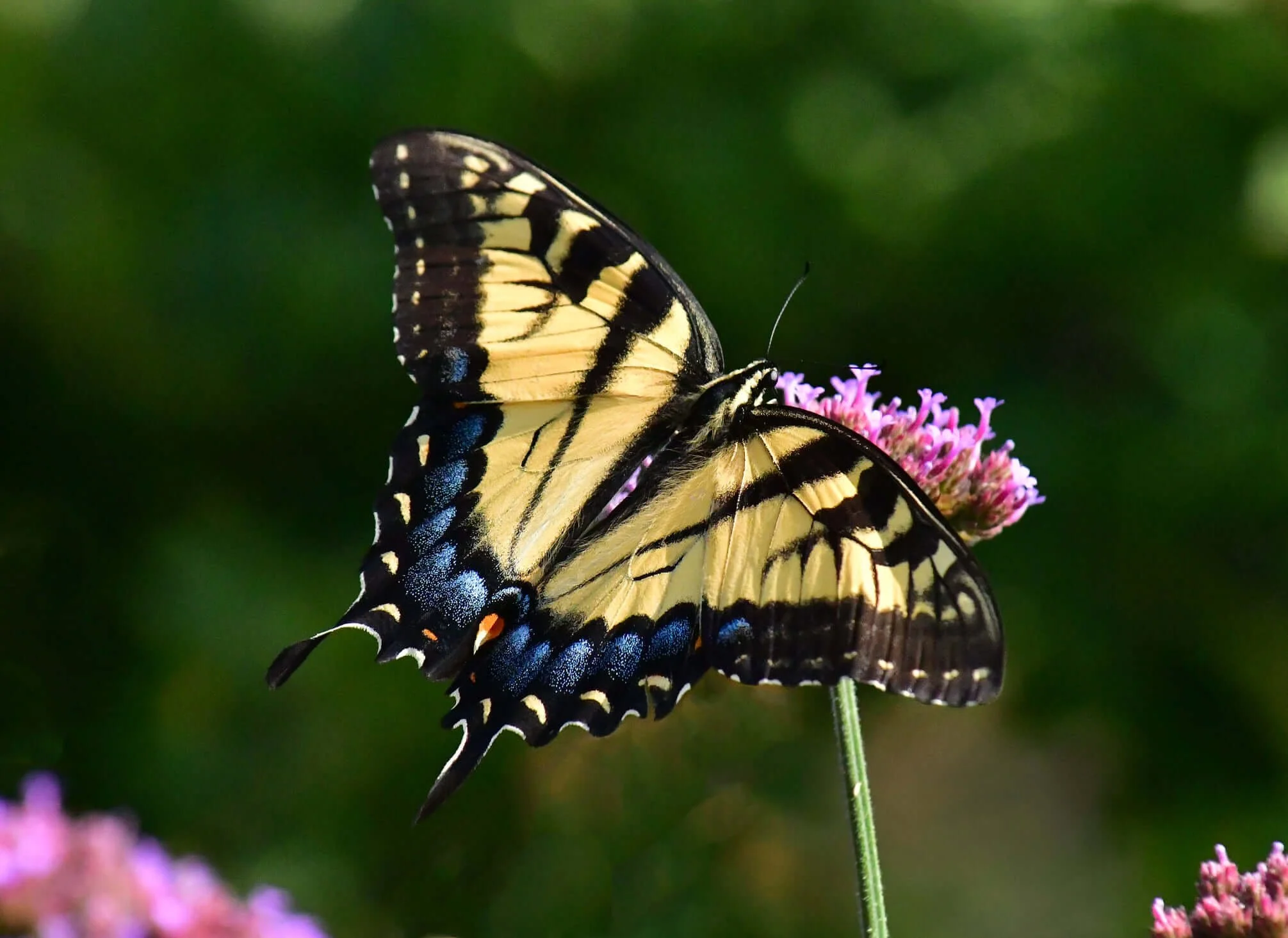Life Cycle: Perennial
Sun Exposure: Full, Partial (Preference is full sun, but tolerates part shade)
Soil Moisture: Medium-Wet, Medium
Height: 50-80 feet
Plant Spacing: 20-40 feet
Bloom Time: April-May
Bloom Color:
Advantages: Fast Growing, Caterpillar Favorite, Bird Favorite
Host Plant: Question Mark, Green Comma, Morning Cloak, Red-Spotted Purple, Viceroy, and 362 other species of butterflies and moths in our area (nwf.org)
Beneficial for Endangered or Threatened Species: Canadian giant moth (Andropolia contacta) (mnfi.anr.msu.edu/)




















